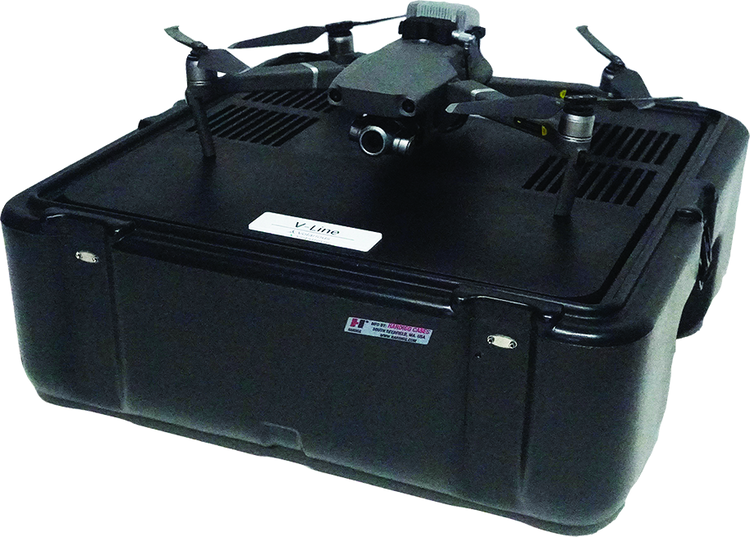Hello all, I am the manager of a transportation company in florida that is looking at creating a drone program. We were just awarded a contract that will require some complicated maneuvers several times over the next few years and we think an eye in the sky would be beneficial for us. One of our employees has a commercial drone pilots license unrelated to his role with us but has agreed to run the drones but he doesn’t know much about the equipment itself except for what he owns.
Due to the ongoing nature of this project we have decided to purchase the equipment rather than use a contractor as the quotes we’ve received will surpass the acquisition cost after they first couple months.
My question is how long can I expect a Mavic series drone to run continuously? I understand battery life, but I’m talking about replacing battery and getting right back in the air?
We will have a need to have an aerial view for 8-10 hours at a time, rather continuously, other than landing to replace batteries of course.
For our needs camera quality isn’t important, just need an eye in the sky for equipment coordination and safety purposes. I’ve reviewed the specs and even the mini meets our needs.
I would assume the electric motors reach a point that they need a break to cool down, and am trying to determine how many back to back flights these units are capable of. We are also in Florida and this is a year round project, so it will be hot at times.
thank you in advance for your help!
Due to the ongoing nature of this project we have decided to purchase the equipment rather than use a contractor as the quotes we’ve received will surpass the acquisition cost after they first couple months.
My question is how long can I expect a Mavic series drone to run continuously? I understand battery life, but I’m talking about replacing battery and getting right back in the air?
We will have a need to have an aerial view for 8-10 hours at a time, rather continuously, other than landing to replace batteries of course.
For our needs camera quality isn’t important, just need an eye in the sky for equipment coordination and safety purposes. I’ve reviewed the specs and even the mini meets our needs.
I would assume the electric motors reach a point that they need a break to cool down, and am trying to determine how many back to back flights these units are capable of. We are also in Florida and this is a year round project, so it will be hot at times.
thank you in advance for your help!













